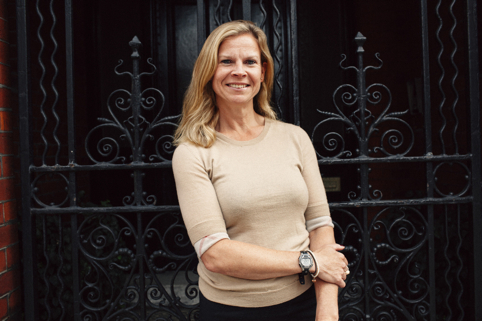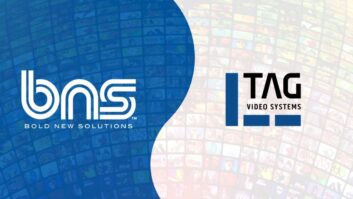
With a third of UK broadband households now subscribing to at least one internet-delivered TV service, streaming services are growing steadily.
The rise of streaming services is percolating and transforming the media industry on all fronts; Nielsen now measures ads on digital TV stick Roku in what was a world first partnership, Apple TV was on everybody¹s holiday wish-list, and traditional broadcasters like ITV are launching international TV services. Everyone who doesn¹t have an OTT solution is building one.
But this is so much more than a digital distribution story.
Unlike television networks, which only started paying attention to their viewers after decades of chasing advertisers, streaming video services like Netflix and Hulu (as well as early pioneers like HBO) started off with subscribers at the centre of their business plans and it’s paying off for them.
Successful SVoD services, like all subscription businesses, run on relationships. This might sound obvious, but a surprising number of media companies aren’t built with actual human beings in mind. Most of their back-office and enterprise resource planning systems are concerned with managing inventory and keeping stock units. They’re basically built to ship product. That doesn’t cut it anymore.
Today you have to engage in a mutually beneficial back-and-forth with every single one of your subscribers to succeed. That’s why Netflix has as many home pages as it does customers. That’s why Amazon Prime let’s all its legacy customers like myself listen to all its CD music for free online. It’s why smart niche services like Crunchyroll (Japanese anime) are having success with enthusiastic fans of specific genres.
So whether you are a new start-up or a big traditional media company shifting to ISP-based delivery systems, ask yourself these critical questions:
Is your digital experience like a check-out counter or a genius bar?
Customer expectations have risen dramatically across every industry, but perhaps nowhere as much as in entertainment. A clunky, digital experience is a thing of the past (or should be). From sign-on to delivery to renewals, it’s important that your service is convenient and customised. The Amazon one-click experience isn’t just a novelty anymore it’s the norm.
Today’s viewers want to see premium content at the best possible resolution on any screen, any time. This expectation extends beyond programming they want it to be easy to sign up, renew, suspend or even cancel your service.
Everything including payments should be hassle free, secure and quick. Be ready for the digital wallets as well as e-commerce staples such as credit cards and auto-pays.
Are you maniacally focused on customer experience?
Most subscribers are only a click away from your competitors. If you’re thinking of a problem-solution approach to your subscribers, you’re going down a slippery slope. Customers today want to feel valued at every interaction and expect a delightful customer experience across all channels. Do more of what works for the customer, less of what doesn’t. Your business considerations are the second step.
One great example of an OTT service going the extra mile in the name of customer experience is OZ.com, with its launch of clubs. Users have the option to create their own clubs, as well as joining others. Each club is a community of members all signed up to a specific interest, with access to each other’s exclusive content whether it’s a teaser for a short film, or new song. With a built-in analytics hub, club owners can ensure that creative interaction is fruitful and engagement is sky-high.
Are you ready for the data deluge?
Does your data help you truly know your customer? Do you utilise clickstream data to personalise the experience? Can you predict which customers are likely to churn?
Is your data helping your service stay ahead?
Big data can be daunting but it can also be the biggest game-changer for your business. Investing in the right backend technology to help sift and draw those insights out will prove invaluable to the service.
Netflix is a great example of a company that uses data really well. It looks at millions of plays a minute, including when you pause, rewind and fast forward, as well as user ratings, searches, geolocation data, viewing times, device information, and social media feedback. It uses all this information to help develop its own shows.
Are you ready to play with the connected home?
Gartner predicts that 6.4 billion connected “Things” will be in use in 2016 alone. Connected lights, heaters, cars, media, etc. are all nascent industries without any standardisation, but their convergence is a given. And how well these services work with each other is poised to become a key factor in customer decision-making.
If OTT companies can join or even become the ecosystem for IoT, they stand to win big. In a few years we could be using our OTT service to upgrade an alarm, schedule a new refrigerator installation or discover we have some loose roof shingles on our roof.
By focusing on the modern human beings using the service and building deeper and personalised relationships with subscribers, OTT services will be in a great position to remain agile and innovative, whatever the future holds.
By Tamsyn Attiwell, vice president of client services at Zuora







